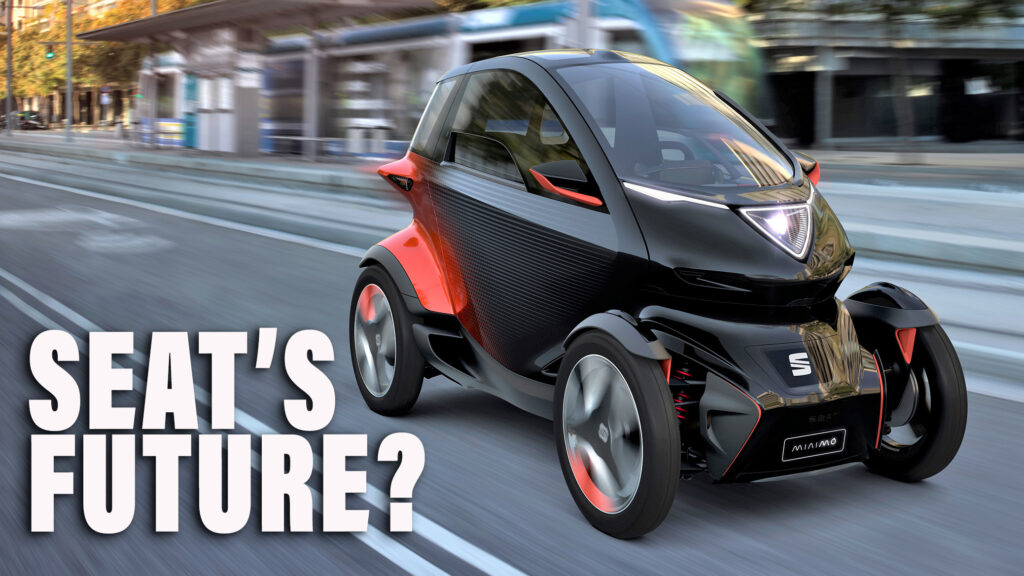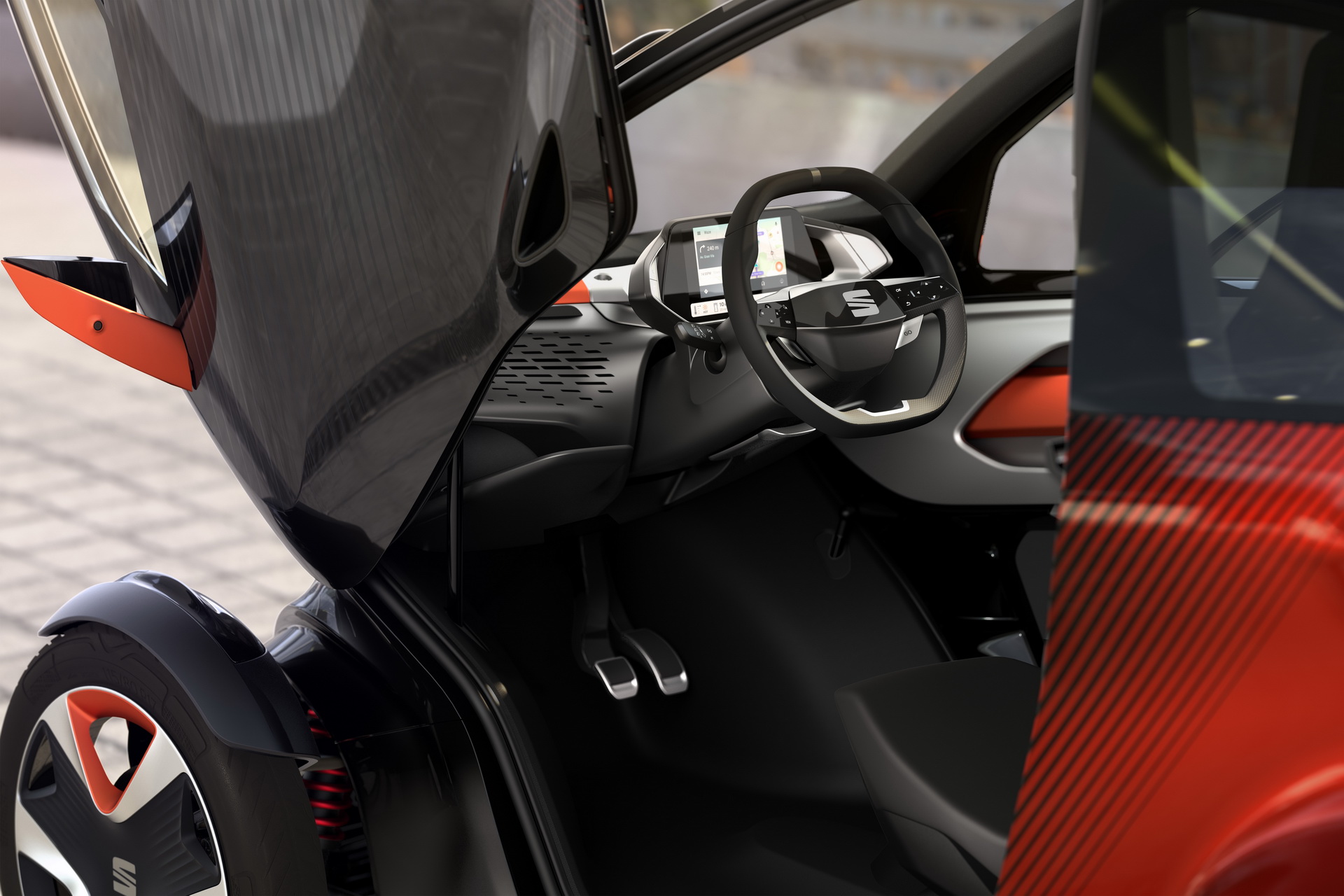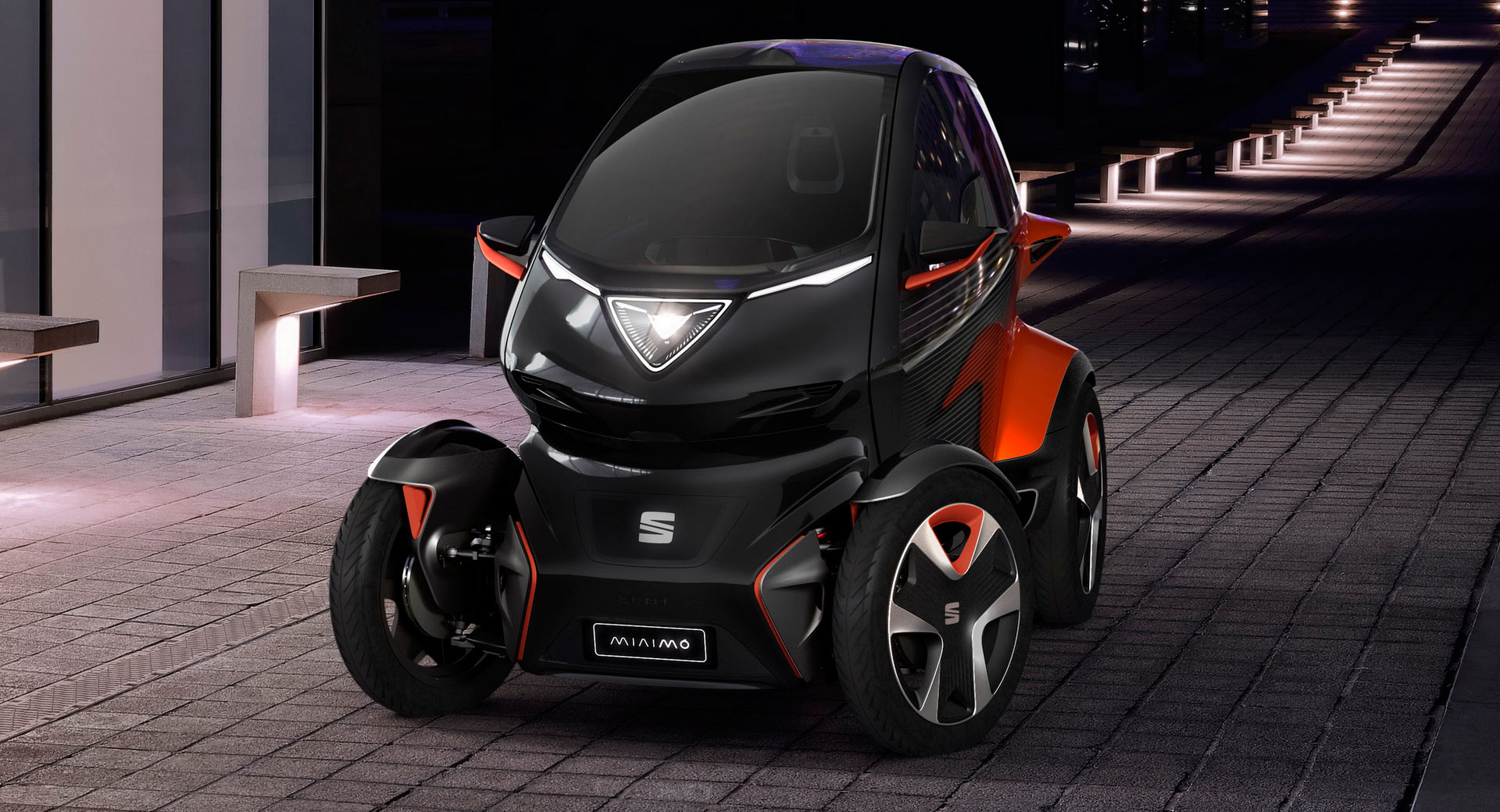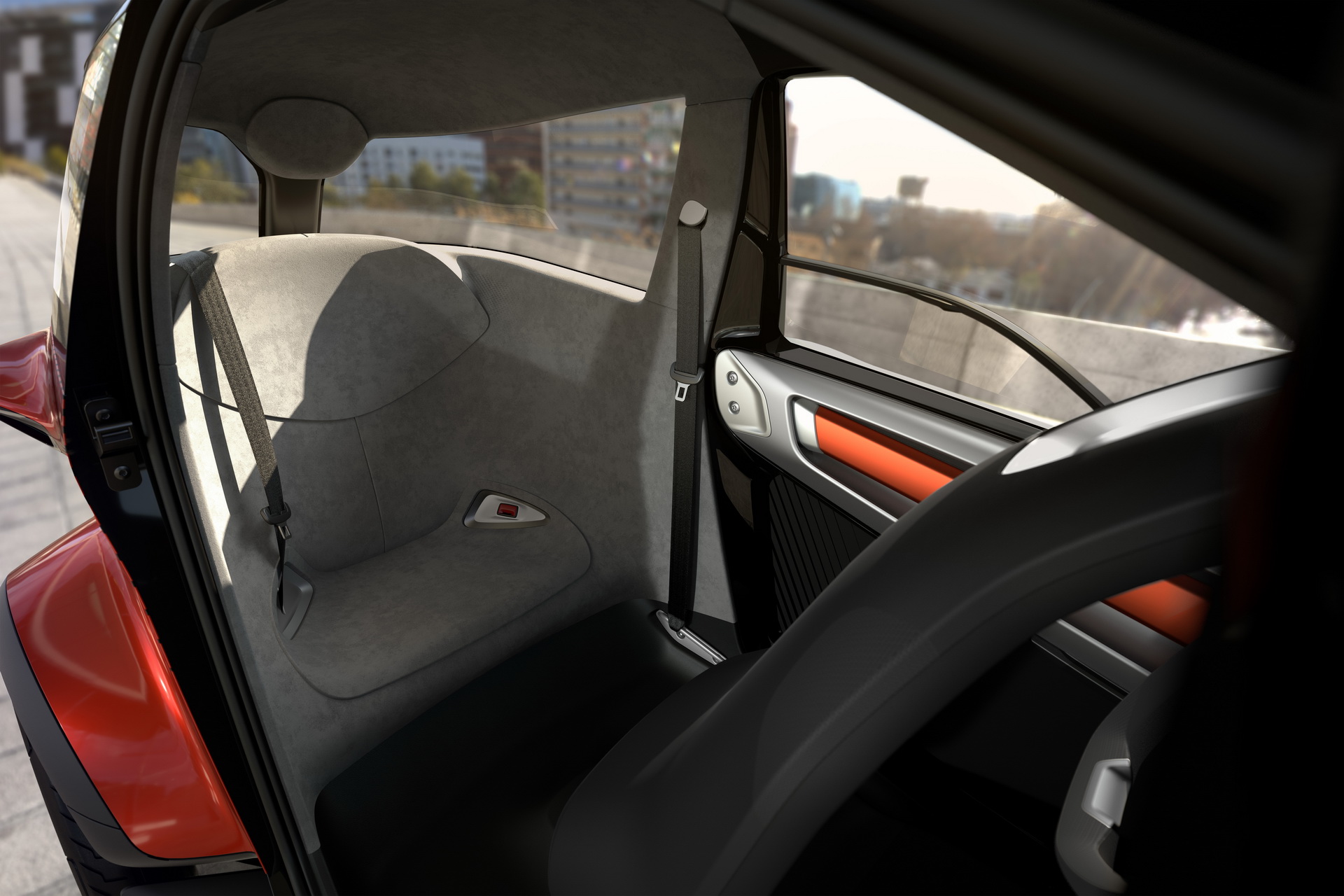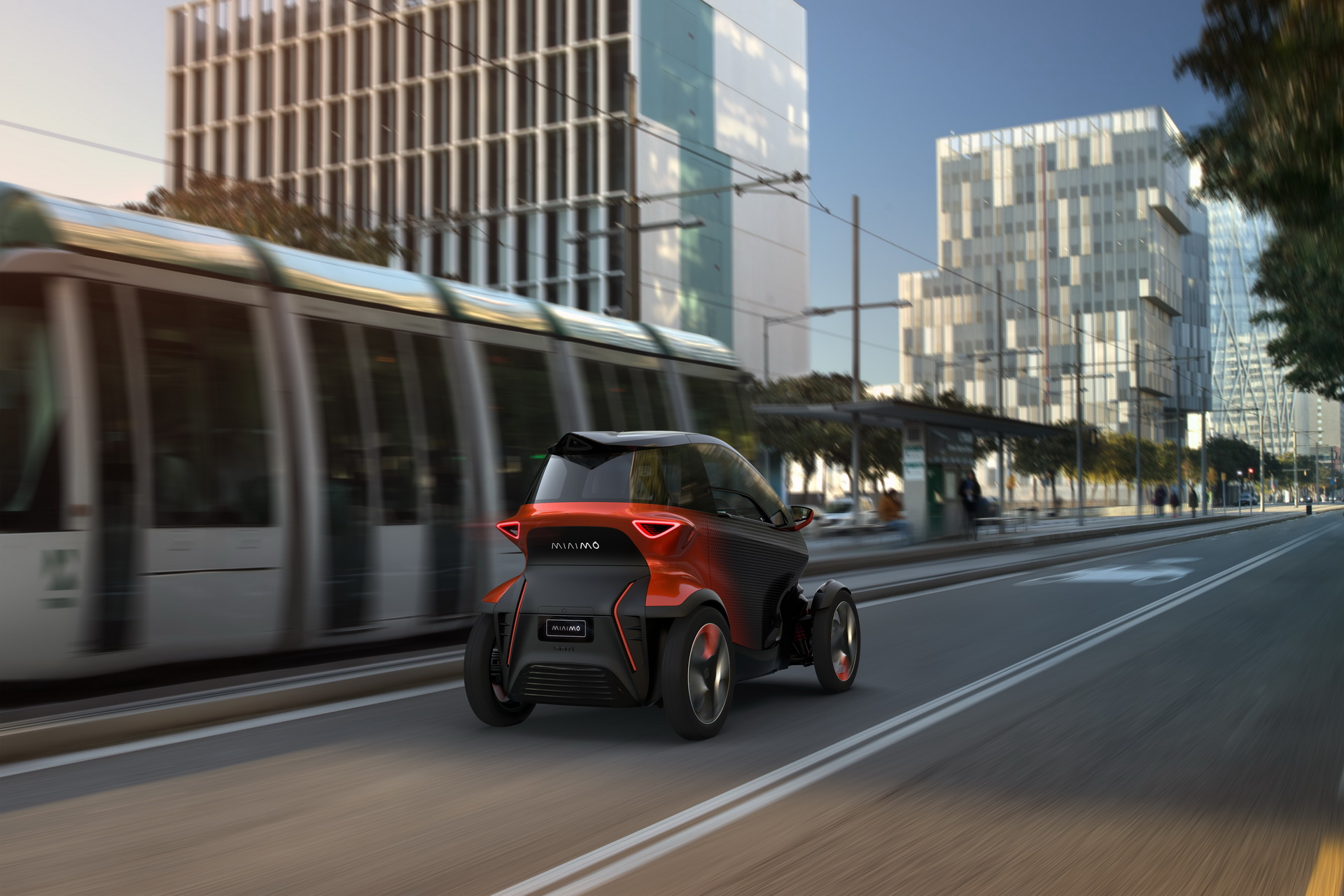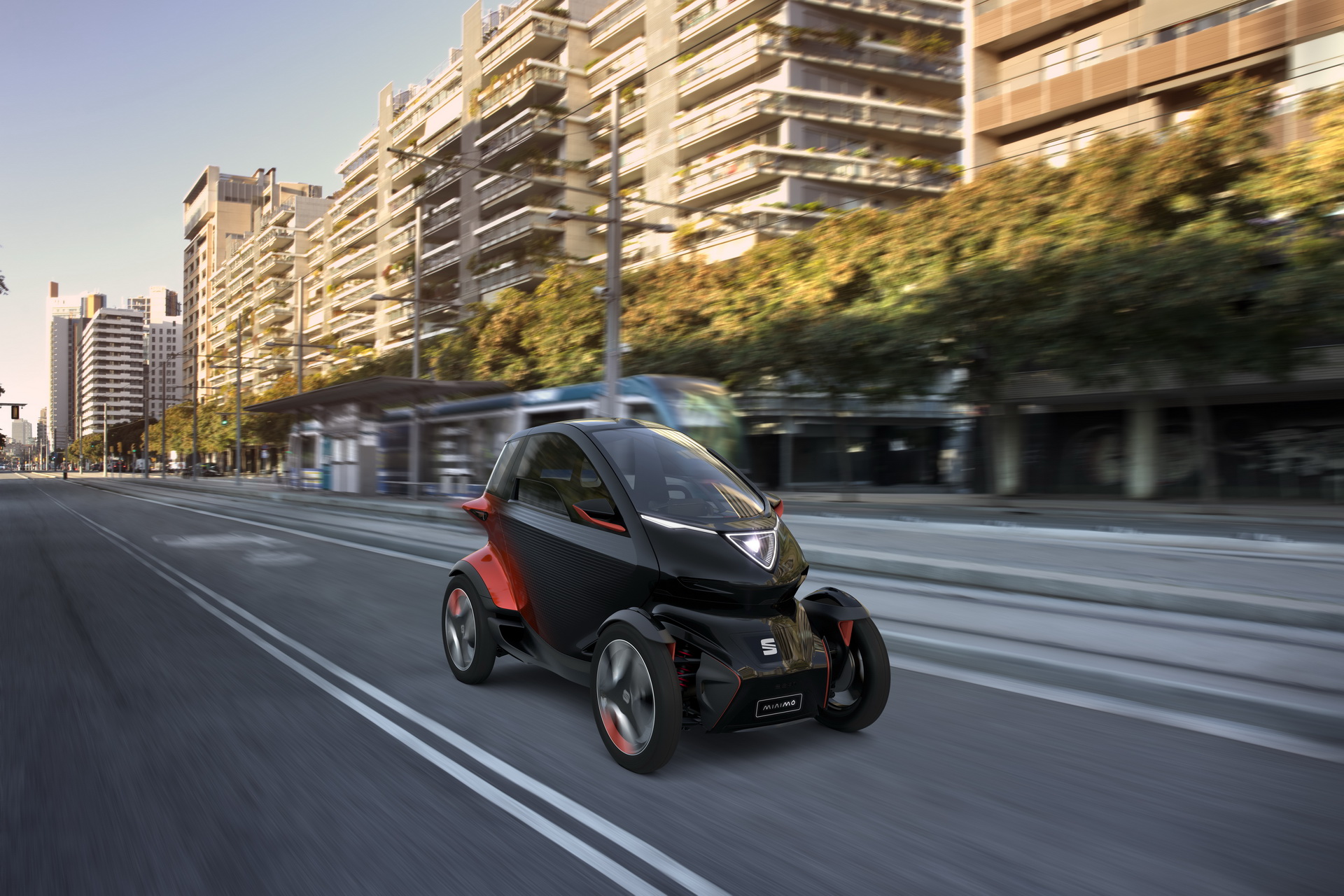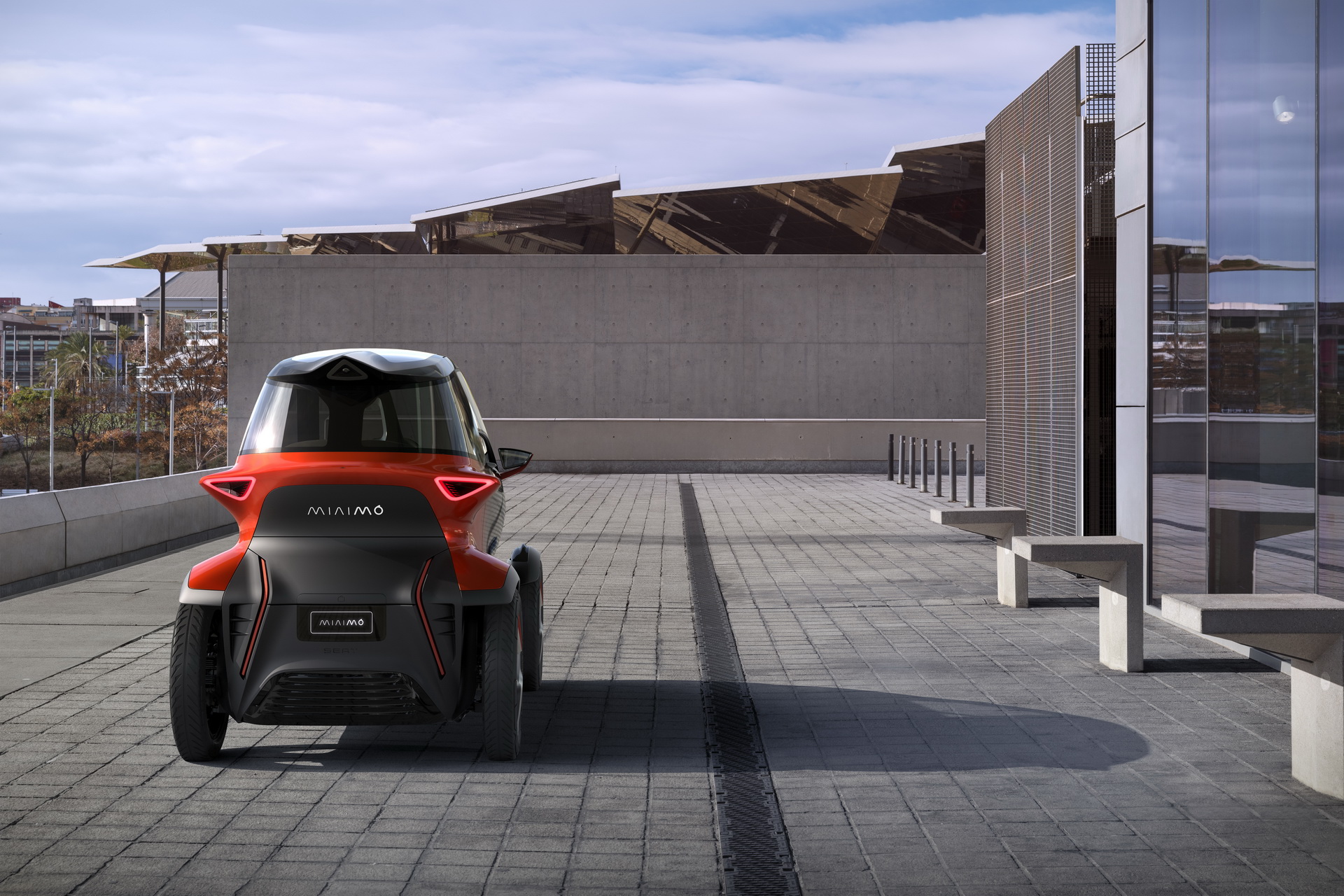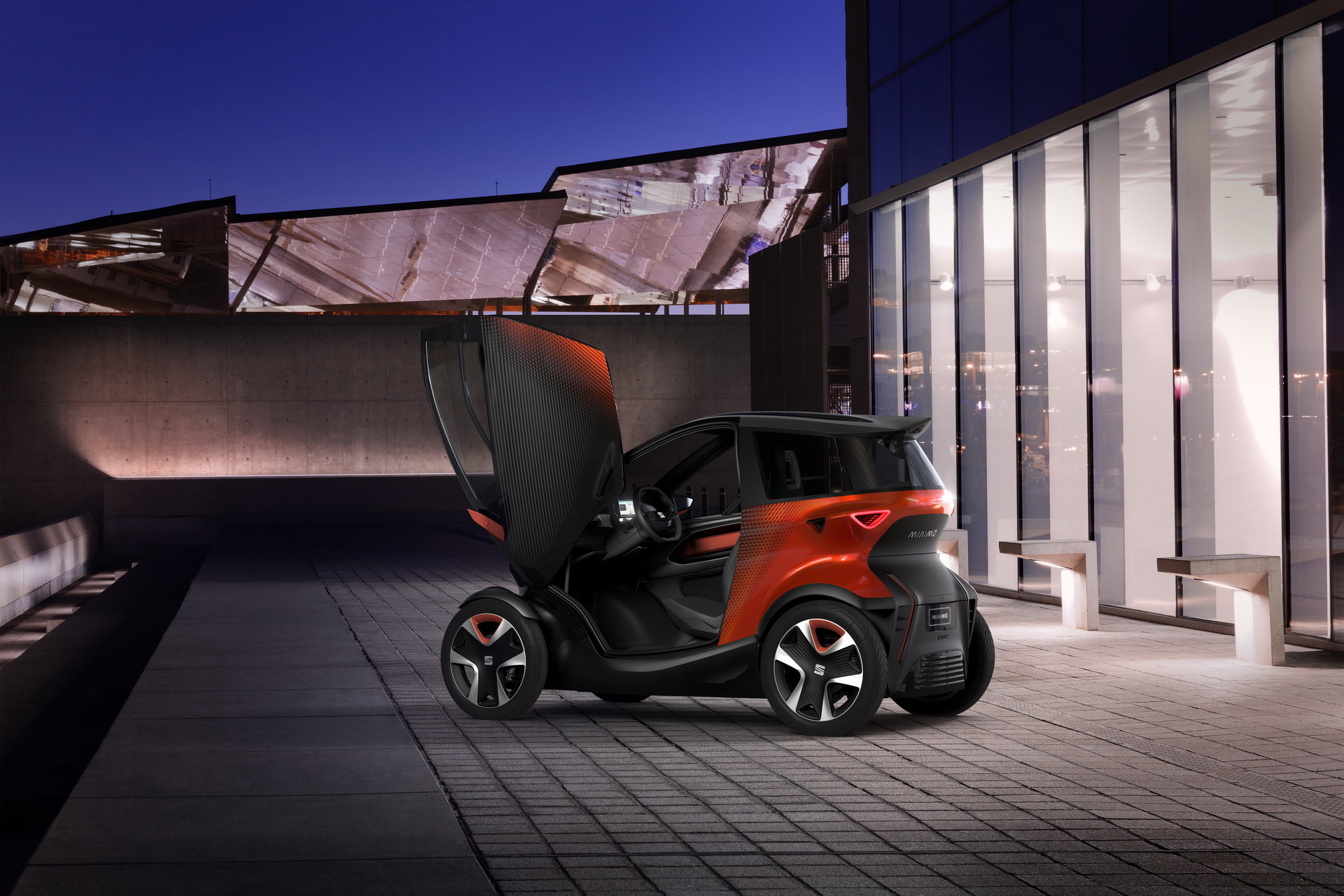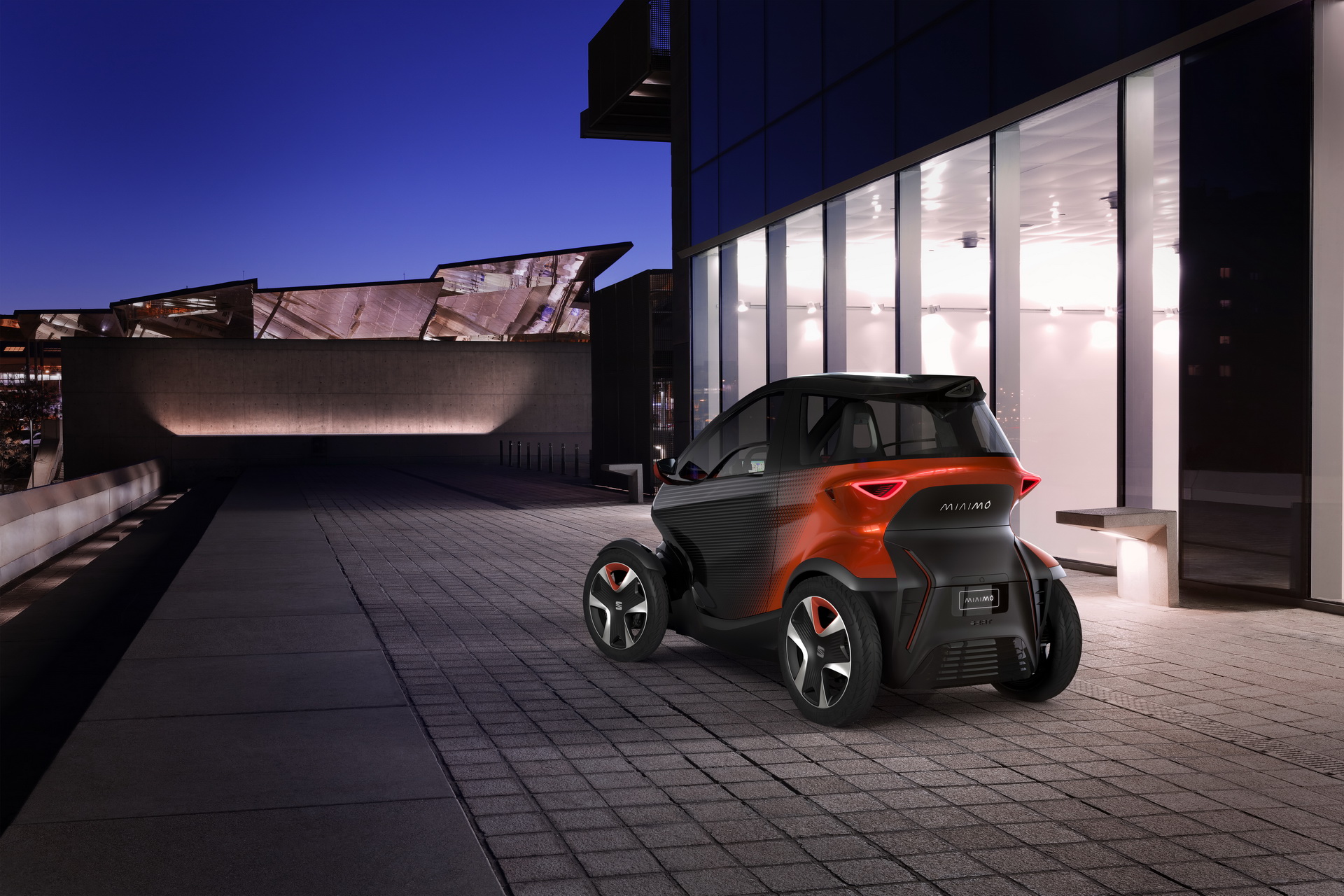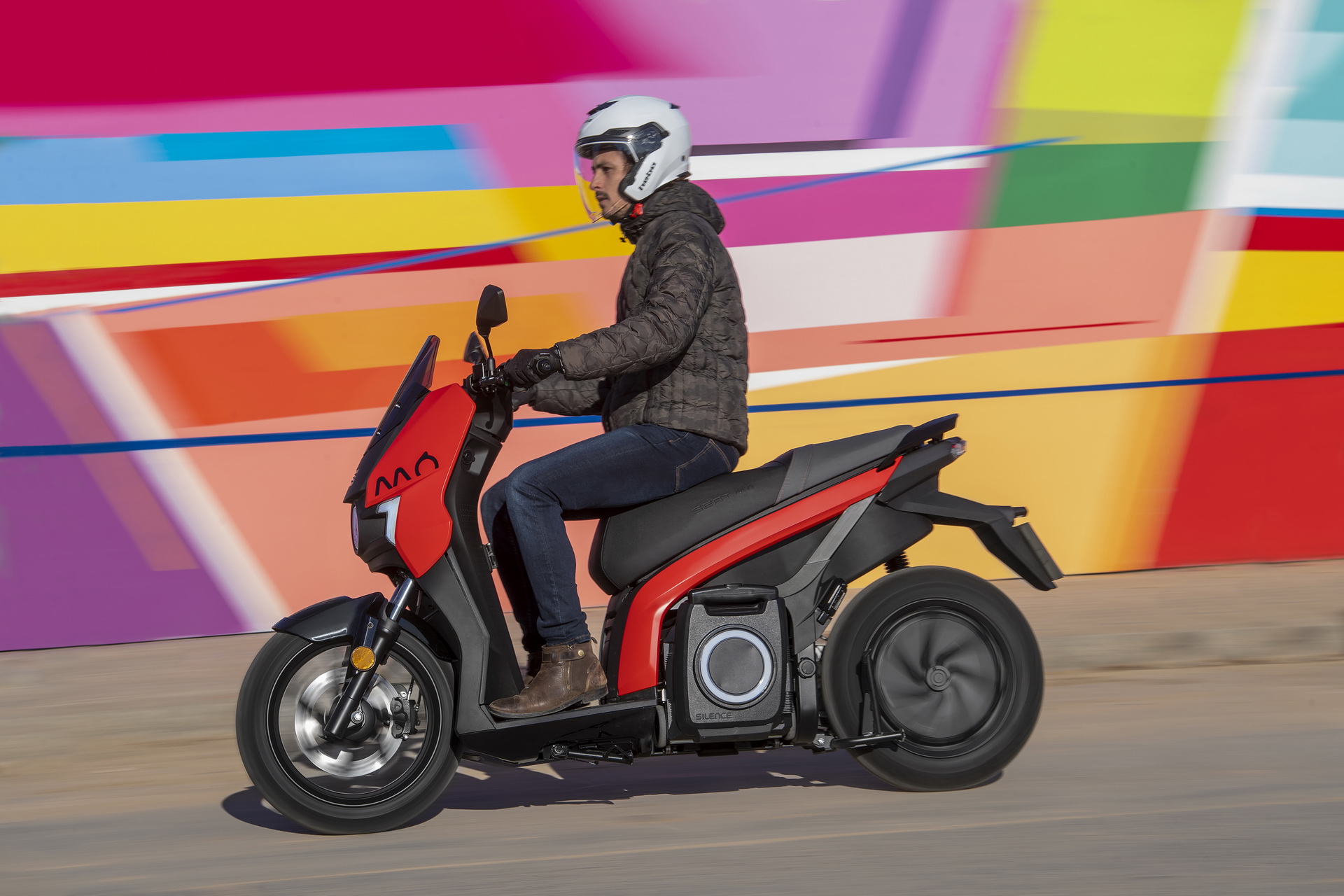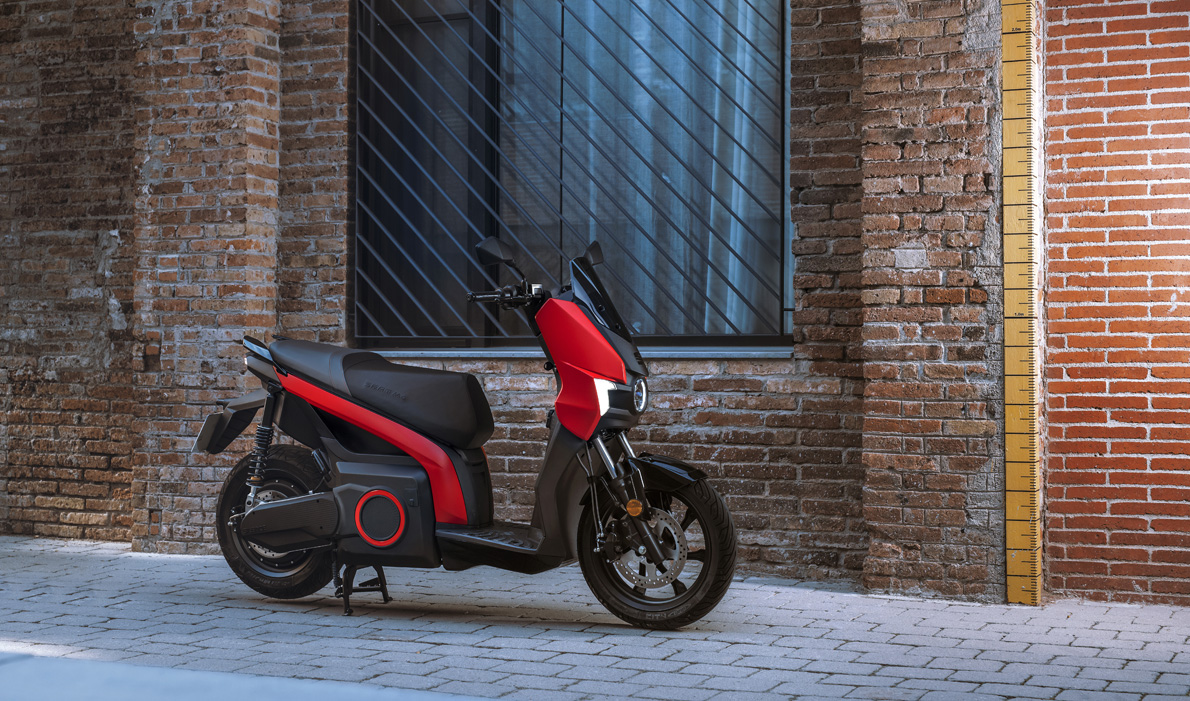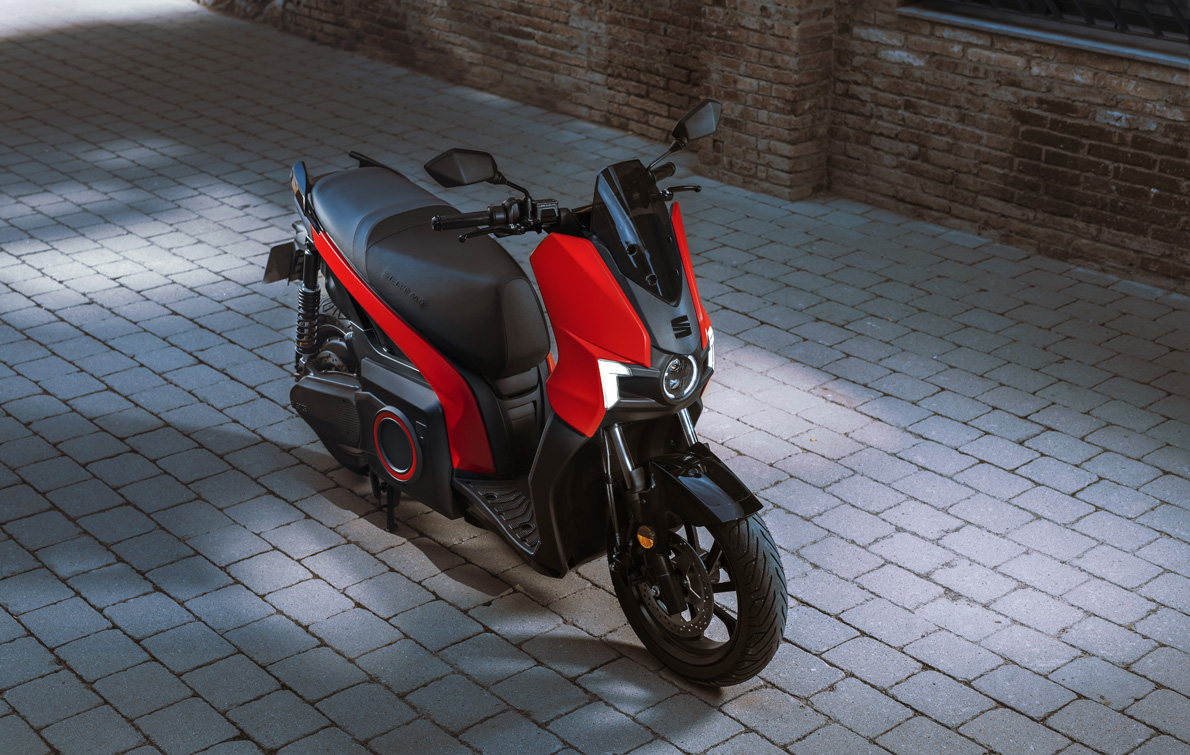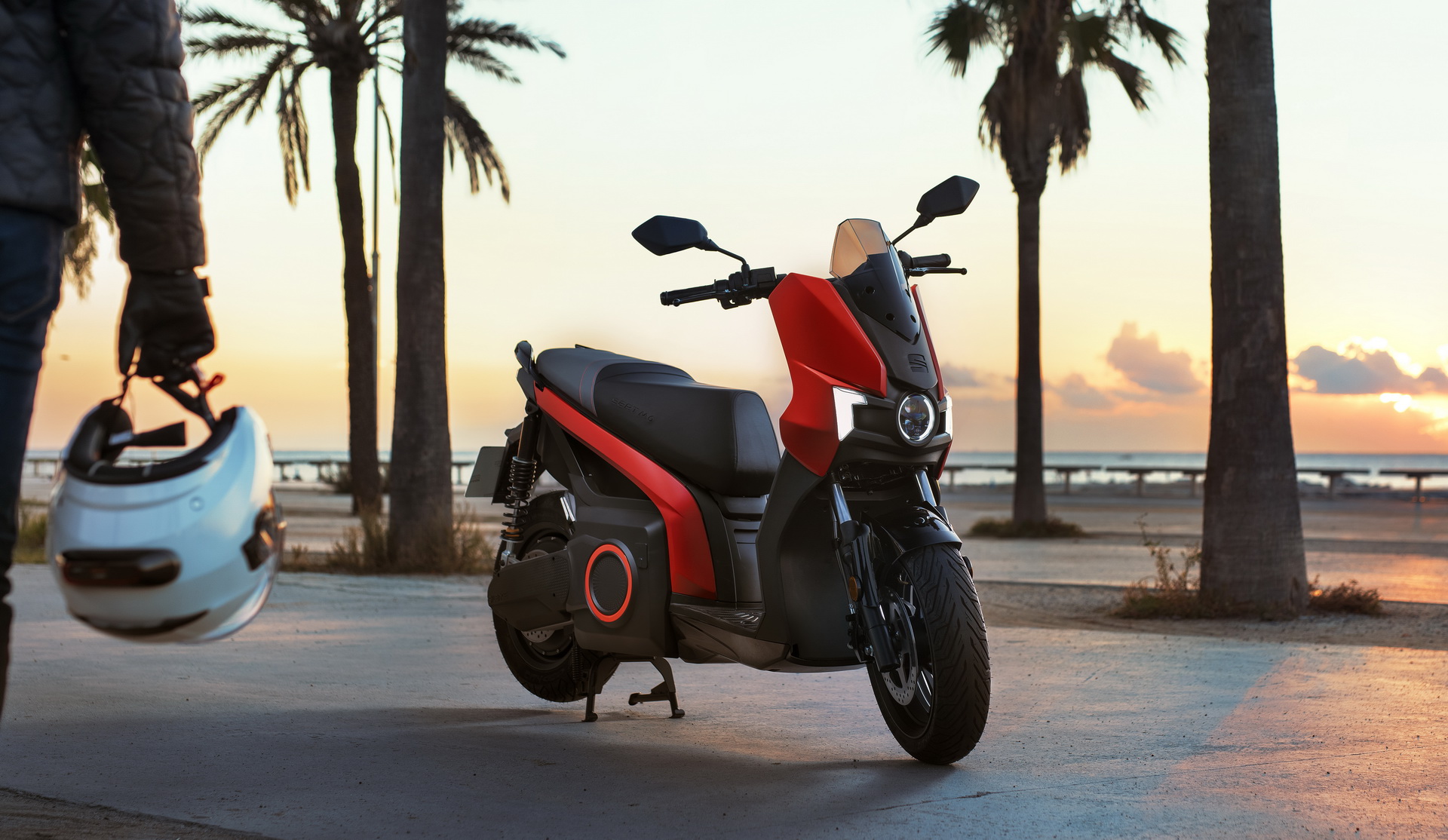Seat is the problem child in the VW Group family. It doesn’t make money, has no EVs in its lineup, and has a confused brand identity. Sister brand Skoda has the value thing sewn up and Seat’s own offshoot Cupra does a better job of projecting the sporty image Seat previously aimed at, and is clearly more loved by VW bosses. So what exactly is Seat for and does it have a future?
VW’s board has been wrangling with those same questions and now we know of one solution under consideration, and it’s almost as radical as closing the firm altogether, which VW has previously said it won’t do. According to a new report, Seat might stop making regular cars and reposition itself as an urban mobility brand focusing on offering scooters, microcars, and bikes to younger buyers.
Quoting unnamed Seat executives, the report notes the company was looking ahead to what the brand should be doing after 2035, when the Europe-wide ban on combustion engines comes into force. The only EV in Seat’s range is the Mo scooter and it looks like the firm could expand that side of the business, potentially adding more electric two-wheelers as well as electric microcars.
“We’re now analysing which role Seat will play in the future, when combustion will finish,” a company insider told Autocar, suggesting that any decision would be taken by 2030, five years before the combustion ban. “Seat could transform itself into a mobility solutions provider/an urban mobility brand for young people, like with the Seat Mo.”
Related: Seat Delays EVs Until After 2026, Prioritizes Profitable Cupra Brand
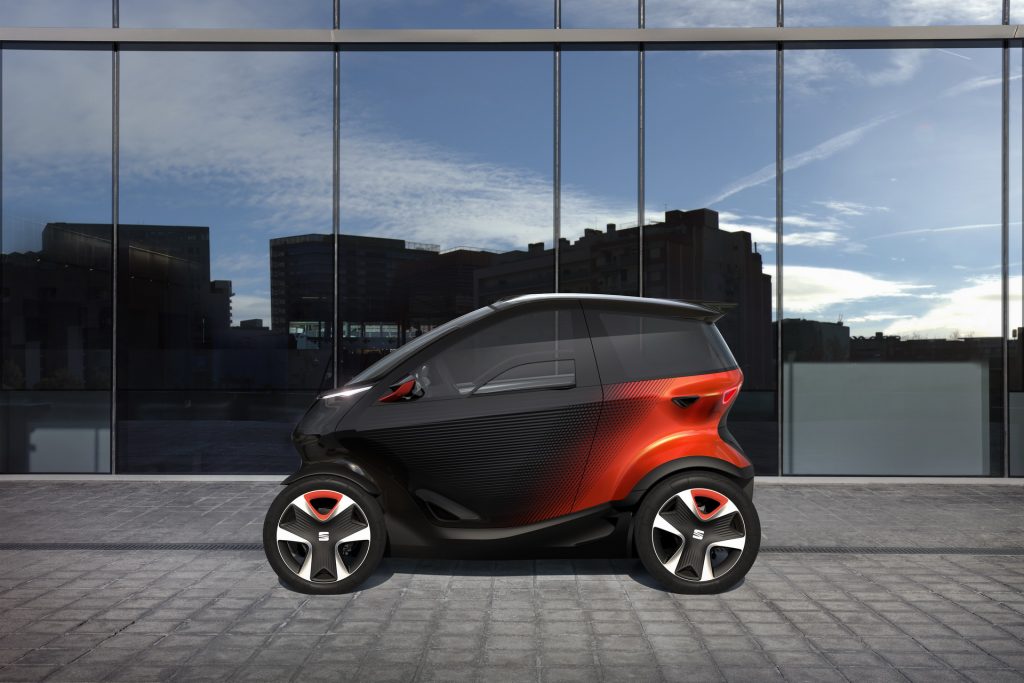
Seat did show a quadricycle at the 2019 Geneva Motor Show called the Minimo, which looked like a more sophisticated Renault Twizy, though plans to put it into production were dropped. But the success of Citroen’s Ami could help reignite those plans as VW looks to find a new role for the Seat brand. The concept version of the Minimo measured 98.4 inches (2,500 mm) long, 48.8 inches (1,240 mm) wide and had a swappable 15 kWh battery that could deliver 62 miles (100 km) of electric driving range.




